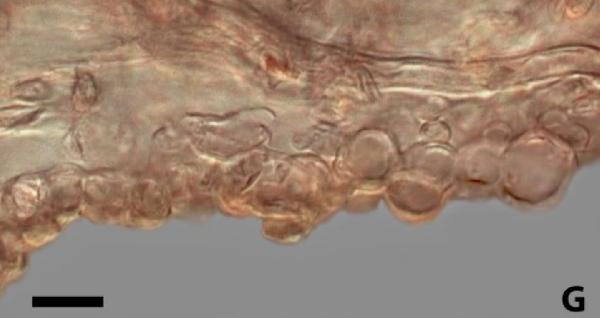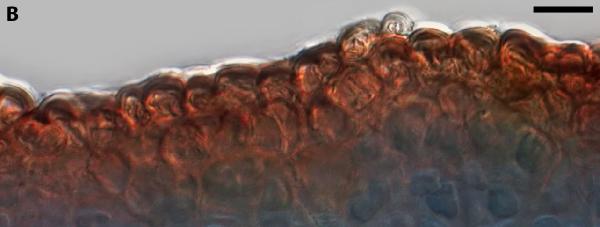Sticta fuliginosa (Hoffm.) Ach.
Meth. Lich.: 280, 1803. Basionym: Lobaria fuliginosa Hoffm. - Deutschl. Fl., 2: 109, 1796.
Synonyms: Sticta sylvatica var. fuliginosa (Hoffm.) Hepp; Stictina fuliginosa (Hoffm.) Nyl.
Distribution: N - Frl (Tretiach & Carvalho 1995, Nascimbene & al. 1998, Nascimbene & Caniglia 2003, Tretiach 2004), Ven (Nascimbene 2003b, 2011, Nascimbene & al. 2007, 2010b), TAA (Nascimbene & al. 2007b, 2022, Nimis & al. 2015), Lomb, Piem, VA (Piervittori & Isocrono 1999), Emil (Fariselli & al. 2020). S - Cal (Puntillo 1996), Si (Giordani & al. 2009).
Description: Thallus foliose, heteromerous, dorsiventral, broad-lobed, isidiate, at first developing several palmate, elongate to flabellate lobes not borne on a stipe, later consisting of suborbicular and overlapping lobes, 5-7 cm wide. Lobes simple or 1-2-branched, papyraceous and brittle when dry, adnate or ascending, overlapping, the older ones sometimes lacerate or dissected, not typically glossy, usually (sub-)orbicular, the apices plane to slightly revolute. Upper surface usually scrobiculate or foveolate, rarely smooth, grey-brown to brown, the ridges abundantly covered in laminal, at first simple and glossy isidia, which soon develop vertical, coralloid, sometimes substipitate, up to 0.5 mm tall clusters which are darker than thallus. Lower surface costillate to scrobiculate, white or pale orange-brown, darker towards center on old thalli, usually pubescent- to hirsute-tomentose, with abundant (especially towards the margins), round or angular, whitish to cream-colored or brownish, 0.4-1.1(-2) mm wide pseudocyphellae, the outer cells of the membrane never producing papillae. Upper cortex paraplectenchymatous, 30-40 μm thick, usually not 2-layered, although the upper cells are usually smaller; medulla white, lax to compact, 60-80 μm high; lower cortex paraplectenchymatous, 45-50 μm thick, made of 3-4 rows of isodiametrical cells; primary tomentum agglutinated in fascicles, the hyphae budding into isolated cells acting as conidia; secondary tomentum not present. Apothecia and pycnidia usually absent. Photobiont cyanobacterial (Nostoc, the cells in compact masses). Spot tests: cortex and medulla K-, C-, KC-, P-, UV-. Chemistry: without lichen substances.Note: a western species in Europe, found on bark, more rarely on mossy rocks in semi-natural forests, most records date back to the previous century. Italian material should be compared with the recently described S. fuliginoides Magain & Sérus., whose occurrence in Italy is probable (see Magain & Sérusiaux 2015). It is included in the Italian red list of epiphytic lichens as “Vulnerable” (Nascimbene & al. 2013c).
Growth form: Foliose, broad lobed
Substrata: bark and rocks
Photobiont: cyanobacteria, filamentous (e.g. Nostoc, Scytonema)
Reproductive strategy: mainly asexual, by isidia, or isidia-like structures (e.g. schizidia)
Restricted to humid-warm, oceanic areas
Commonnes-rarity: (info)
Alpine belt: absent
Subalpine belt: absent
Oromediterranean belt: absent
Montane belt: extremely rare
Submediterranean belt: absent
Padanian area: absent
Humid submediterranean belt: extremely rare
Humid mediterranean belt: absent
Dry mediterranean belt: absent
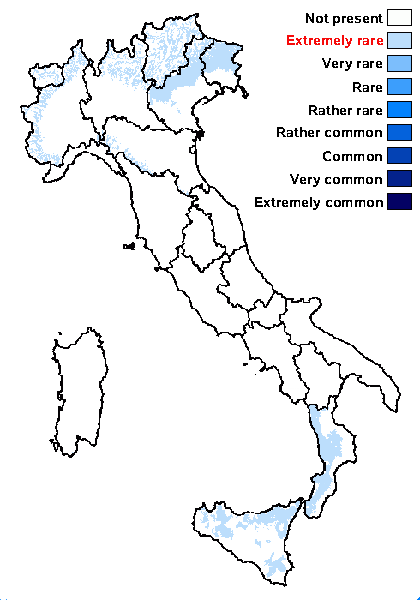
Predictive model
Herbarium samples
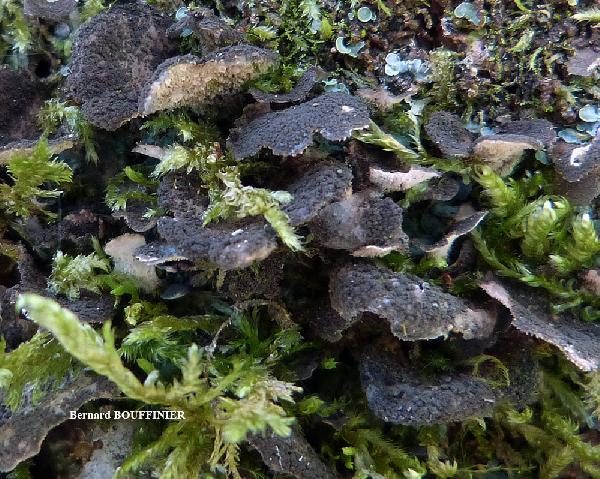
Bernard Bouffinier - Source: http://www.lichensmaritimes.org/index.php?task=fiche&lichen=822&lang=en
France, Stangala
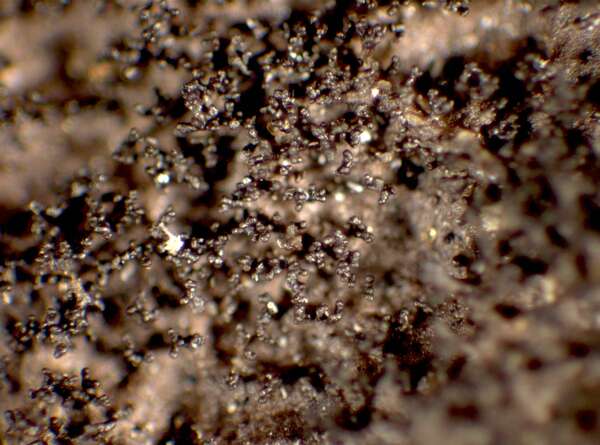

P.L. Nimis; Owner: Department of Life Sciences, University of Trieste
Herbarium: TSB (4261)
2001/12/07
isidia
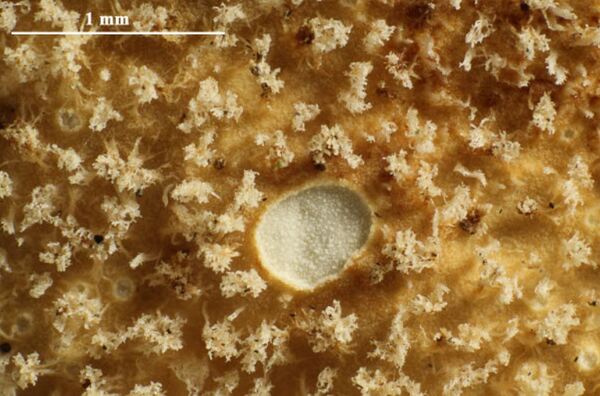

Felix Schumm - CC BY-SA 4.0
[19274], Australia, New South Wales, Polblue Swamp, Barrington Tops State Forest, 50 km WNW of Gloucester, 31°58' S, 151°26' E, 1450 m, on base and trunk of Euycalyptus in open Eucalyptus pauciflora, Leptospermum and Epacridaceae fringed swampy area. Leg. J.A. Elix (22902), 25.04.1990. No lichen substances detected by TLC, anal. J.A. Elix. LICH. AUSTRALASICI EXS. 223.


Felix Schumm - CC BY-SA 4.0
[19274], Australia, New South Wales, Polblue Swamp, Barrington Tops State Forest, 50 km WNW of Gloucester, 31°58' S, 151°26' E, 1450 m, on base and trunk of Euycalyptus in open Eucalyptus pauciflora, Leptospermum and Epacridaceae fringed swampy area. Leg. J.A. Elix (22902), 25.04.1990. No lichen substances detected by TLC, anal. J.A. Elix. LICH. AUSTRALASICI EXS. 223.
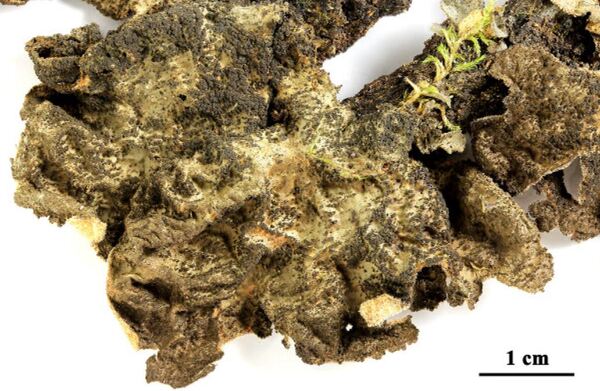

Felix Schumm - CC BY-SA 4.0
[19274], Australia, New South Wales, Polblue Swamp, Barrington Tops State Forest, 50 km WNW of Gloucester, 31°58' S, 151°26' E, 1450 m, on base and trunk of Euycalyptus in open Eucalyptus pauciflora, Leptospermum and Epacridaceae fringed swampy area. Leg. J.A. Elix (22902), 25.04.1990. No lichen substances detected by TLC, anal. J.A. Elix. LICH. AUSTRALASICI EXS. 223.
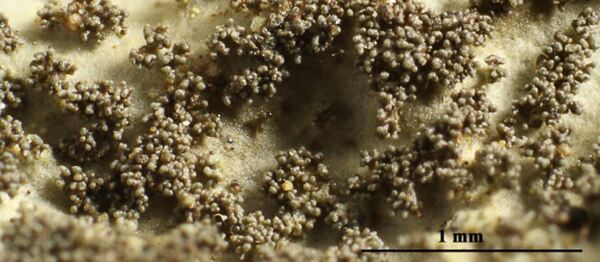

Felix Schumm - CC BY-SA 4.0
[19274], Australia, New South Wales, Polblue Swamp, Barrington Tops State Forest, 50 km WNW of Gloucester, 31°58' S, 151°26' E, 1450 m, on base and trunk of Euycalyptus in open Eucalyptus pauciflora, Leptospermum and Epacridaceae fringed swampy area. Leg. J.A. Elix (22902), 25.04.1990. No lichen substances detected by TLC, anal. J.A. Elix. LICH. AUSTRALASICI EXS. 223.
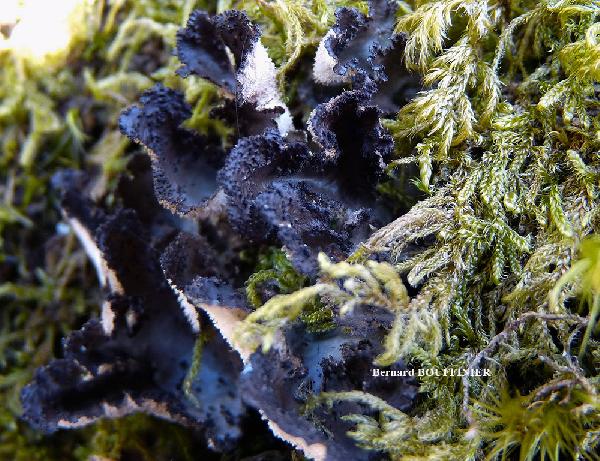
Bernard Bouffinier - Source: http://www.lichensmaritimes.org/index.php?task=fiche&lichen=822&lang=en
France, St. Herbot
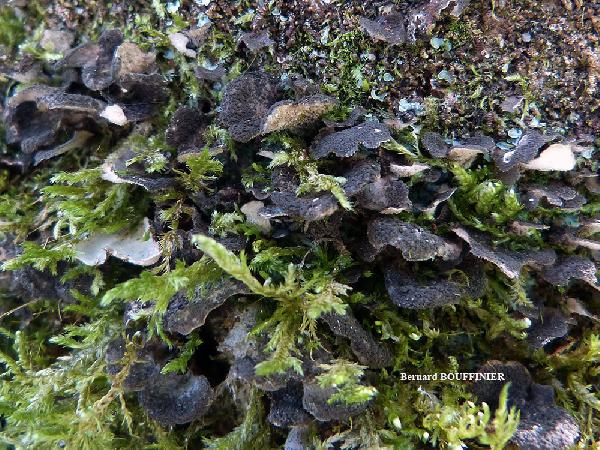
Bernard Bouffinier - Source: http://www.lichensmaritimes.org/index.php?task=fiche&lichen=822&lang=en
France, Stangala
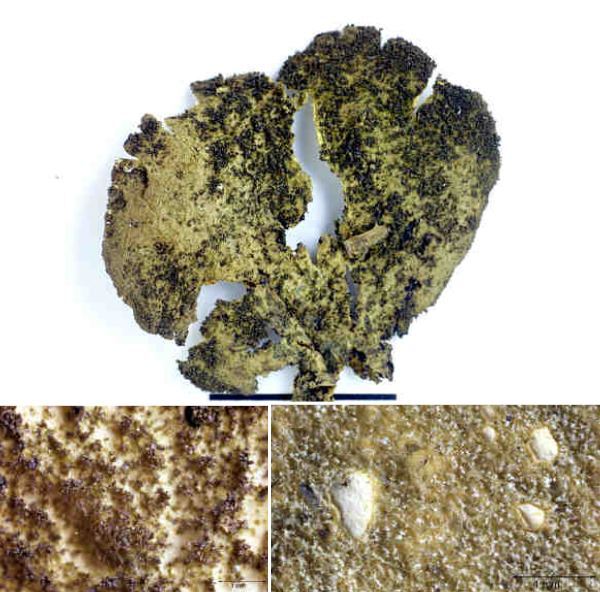

Felix Schumm – CC BY-SA 4.0
Image from: F. Schumm (2008) - Flechten Madeiras, der Kanaren und Azoren. Beck, OHG - ISBN: 978-3-00-023700-3
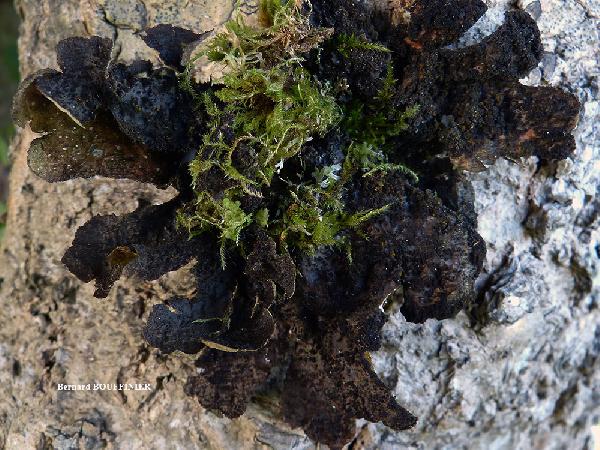
Bernard Bouffinier - Source: http://www.lichensmaritimes.org/index.php?task=fiche&lichen=822&lang=en
France, Stangala
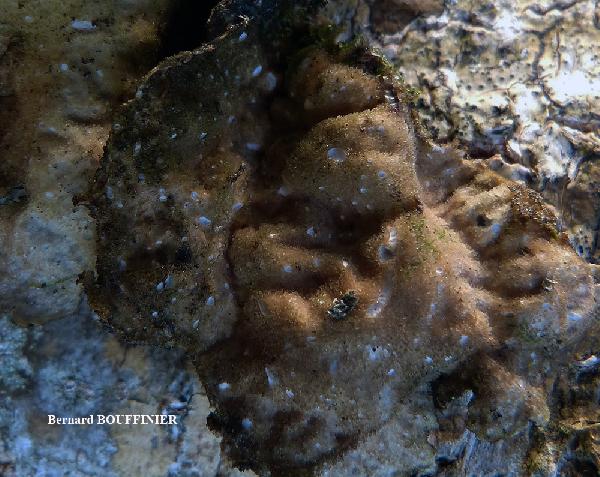
Bernard Bouffinier - Source: http://www.lichensmaritimes.org/index.php?task=fiche&lichen=822&lang=en
France, Stangala
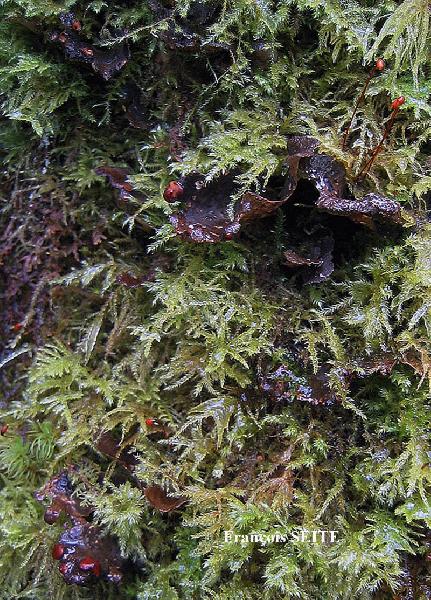
François Seite - Source: http://www.lichensmaritimes.org/index.php?task=fiche&lichen=822&lang=en
France, Huelgoat
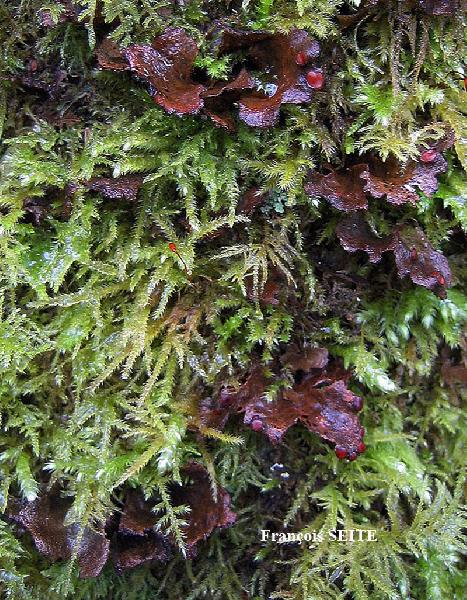
François Seite - Source: http://www.lichensmaritimes.org/index.php?task=fiche&lichen=822&lang=en
France, Huelgoat
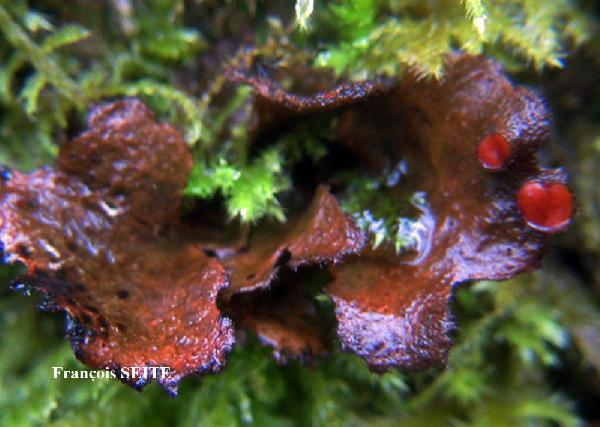
François Seite - Source: http://www.lichensmaritimes.org/index.php?task=fiche&lichen=822&lang=en
France, Huelgoat
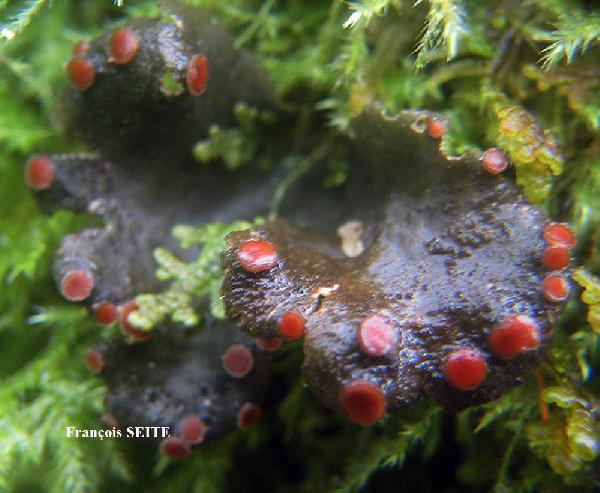
François Seite - Source: http://www.lichensmaritimes.org/index.php?task=fiche&lichen=822&lang=en
France, Huelgoat
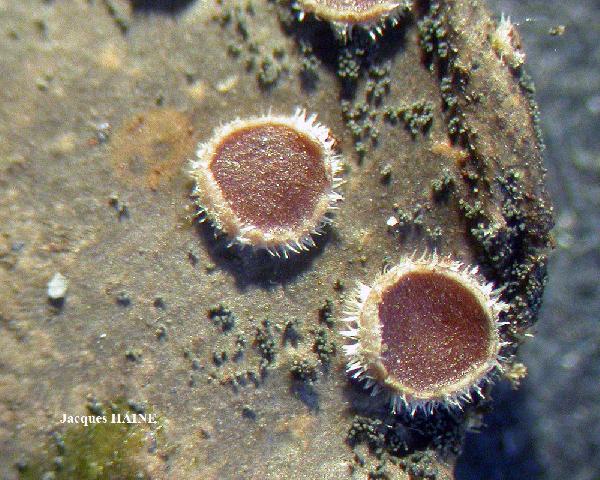
Jacques Haine - Source: http://www.lichensmaritimes.org/index.php?task=fiche&lichen=822&lang=en
France, Huelgoat

Jacques Haine - Source: http://www.lichensmaritimes.org/index.php?task=fiche&lichen=822&lang=en
France, Huelgoat
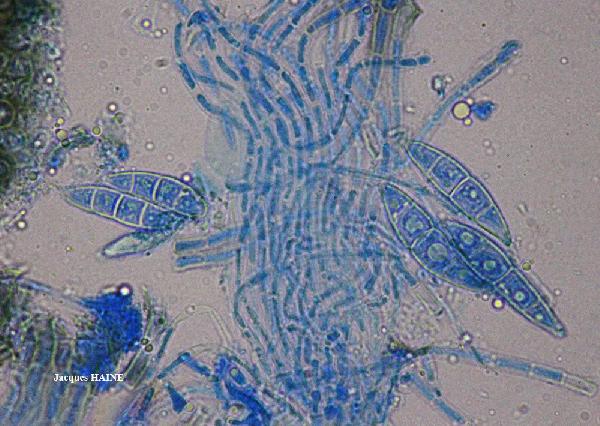
Jacques Haine - Source: http://www.lichensmaritimes.org/index.php?task=fiche&lichen=822&lang=en
France, Huelgoat
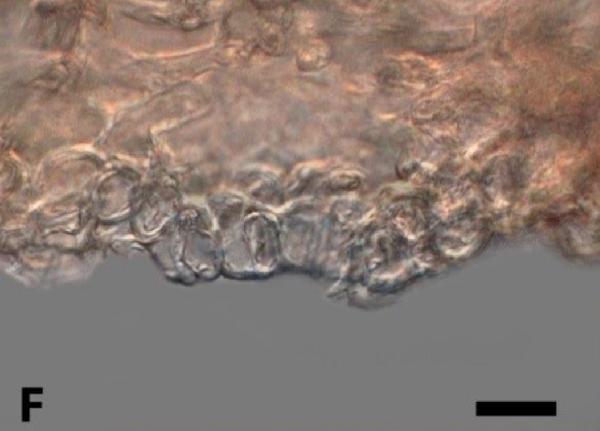
Source: Ekman, S., Tønsberg, T. & Jørgensen, P. M. 2019. The Sticta fuliginosa group in Norway and Sweden.Graphis Scripta 31 (4): 23–33. Oslo. ISSN 2002-4495. - CC BY-4.0
Sections through cyphellae in Sticta. S. fuliginosa, cyphella surface cells without papillae. Scale: 10 μm. Photo of UPS L-112259
Growth form: Foliose, broad lobed
Substrata: bark and rocks
Photobiont: cyanobacteria, filamentous (e.g. Nostoc, Scytonema)
Reproductive strategy: mainly asexual, by isidia, or isidia-like structures (e.g. schizidia)
Restricted to humid-warm, oceanic areas
Commonnes-rarity: (info)
Alpine belt: absent
Subalpine belt: absent
Oromediterranean belt: absent
Montane belt: extremely rare
Submediterranean belt: absent
Padanian area: absent
Humid submediterranean belt: extremely rare
Humid mediterranean belt: absent
Dry mediterranean belt: absent

Predictive model
| Herbarium samples |

Bernard Bouffinier - Source: http://www.lichensmaritimes.org/index.php?task=fiche&lichen=822&lang=en
France, Stangala


P.L. Nimis; Owner: Department of Life Sciences, University of Trieste
Herbarium: TSB (4261)
2001/12/07
isidia


Felix Schumm - CC BY-SA 4.0
[19274], Australia, New South Wales, Polblue Swamp, Barrington Tops State Forest, 50 km WNW of Gloucester, 31°58' S, 151°26' E, 1450 m, on base and trunk of Euycalyptus in open Eucalyptus pauciflora, Leptospermum and Epacridaceae fringed swampy area. Leg. J.A. Elix (22902), 25.04.1990. No lichen substances detected by TLC, anal. J.A. Elix. LICH. AUSTRALASICI EXS. 223.


Felix Schumm - CC BY-SA 4.0
[19274], Australia, New South Wales, Polblue Swamp, Barrington Tops State Forest, 50 km WNW of Gloucester, 31°58' S, 151°26' E, 1450 m, on base and trunk of Euycalyptus in open Eucalyptus pauciflora, Leptospermum and Epacridaceae fringed swampy area. Leg. J.A. Elix (22902), 25.04.1990. No lichen substances detected by TLC, anal. J.A. Elix. LICH. AUSTRALASICI EXS. 223.


Felix Schumm - CC BY-SA 4.0
[19274], Australia, New South Wales, Polblue Swamp, Barrington Tops State Forest, 50 km WNW of Gloucester, 31°58' S, 151°26' E, 1450 m, on base and trunk of Euycalyptus in open Eucalyptus pauciflora, Leptospermum and Epacridaceae fringed swampy area. Leg. J.A. Elix (22902), 25.04.1990. No lichen substances detected by TLC, anal. J.A. Elix. LICH. AUSTRALASICI EXS. 223.


Felix Schumm - CC BY-SA 4.0
[19274], Australia, New South Wales, Polblue Swamp, Barrington Tops State Forest, 50 km WNW of Gloucester, 31°58' S, 151°26' E, 1450 m, on base and trunk of Euycalyptus in open Eucalyptus pauciflora, Leptospermum and Epacridaceae fringed swampy area. Leg. J.A. Elix (22902), 25.04.1990. No lichen substances detected by TLC, anal. J.A. Elix. LICH. AUSTRALASICI EXS. 223.

Bernard Bouffinier - Source: http://www.lichensmaritimes.org/index.php?task=fiche&lichen=822&lang=en
France, St. Herbot

Bernard Bouffinier - Source: http://www.lichensmaritimes.org/index.php?task=fiche&lichen=822&lang=en
France, Stangala


Felix Schumm – CC BY-SA 4.0
Image from: F. Schumm (2008) - Flechten Madeiras, der Kanaren und Azoren. Beck, OHG - ISBN: 978-3-00-023700-3

Bernard Bouffinier - Source: http://www.lichensmaritimes.org/index.php?task=fiche&lichen=822&lang=en
France, Stangala

Bernard Bouffinier - Source: http://www.lichensmaritimes.org/index.php?task=fiche&lichen=822&lang=en
France, Stangala

François Seite - Source: http://www.lichensmaritimes.org/index.php?task=fiche&lichen=822&lang=en
France, Huelgoat

François Seite - Source: http://www.lichensmaritimes.org/index.php?task=fiche&lichen=822&lang=en
France, Huelgoat

François Seite - Source: http://www.lichensmaritimes.org/index.php?task=fiche&lichen=822&lang=en
France, Huelgoat

François Seite - Source: http://www.lichensmaritimes.org/index.php?task=fiche&lichen=822&lang=en
France, Huelgoat

Jacques Haine - Source: http://www.lichensmaritimes.org/index.php?task=fiche&lichen=822&lang=en
France, Huelgoat

Jacques Haine - Source: http://www.lichensmaritimes.org/index.php?task=fiche&lichen=822&lang=en
France, Huelgoat

Jacques Haine - Source: http://www.lichensmaritimes.org/index.php?task=fiche&lichen=822&lang=en
France, Huelgoat

 INDEX FUNGORUM
INDEX FUNGORUM
 GBIF
GBIF
 DOLICHENS
DOLICHENS

